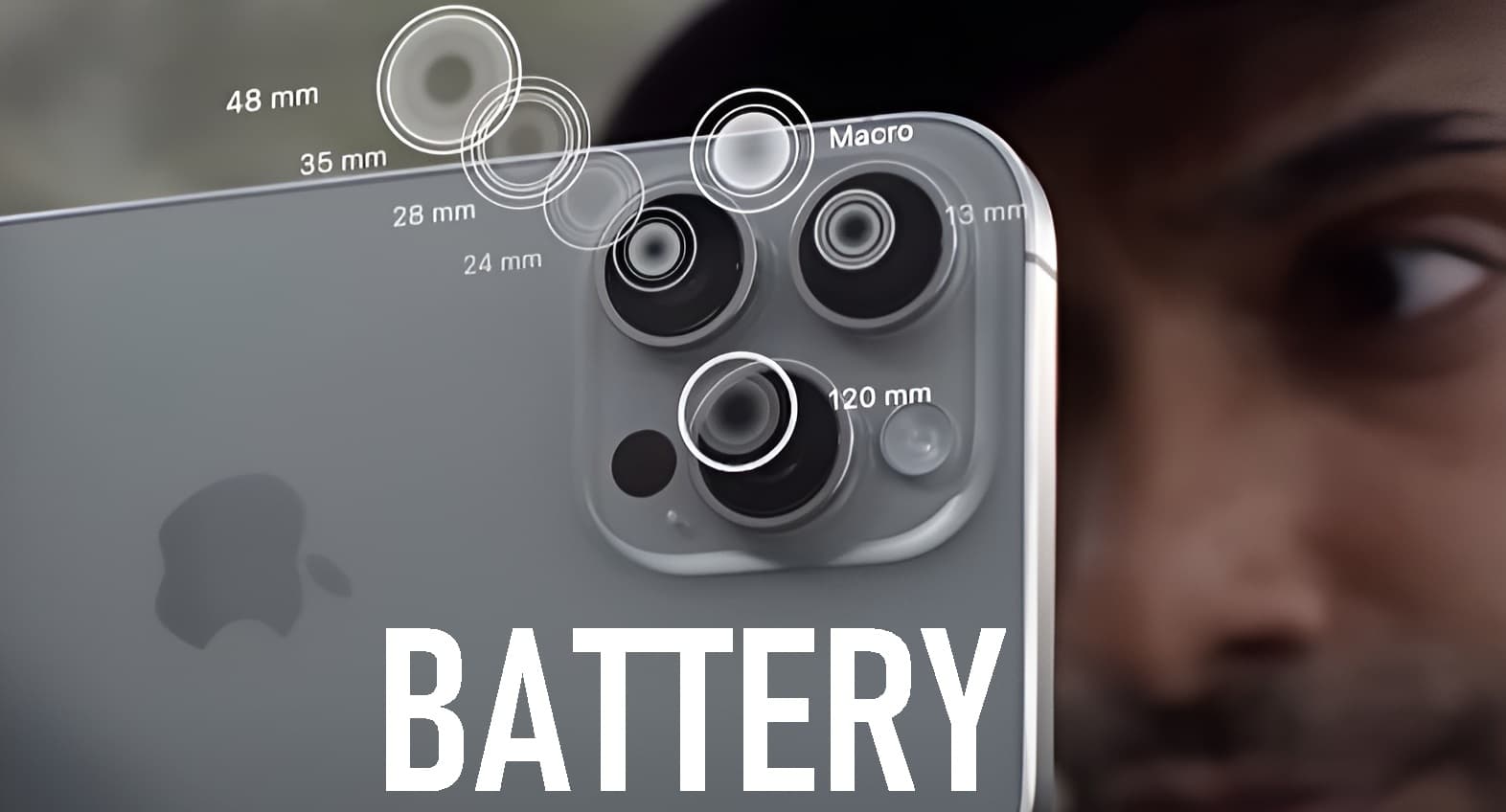When it comes to smartphones, battery life can make or break your experience. Whether you’re shopping for a new phone or trying to extend the life of your current one, understanding how to choose and maintain a battery is crucial. Here’s your ultimate guide to ensuring you get the most out of your smartphone’s battery.

How to Choose a Smartphone with the Best Battery Life
Selecting a smartphone with top-notch battery life requires more than just looking at specs. Here’s what to consider:
1. Battery Capacity
Battery capacity is measured in milliampere-hours (mAh). Higher mAh generally means longer battery life, but it’s not the only factor. Check reviews for real-world battery performance.
2. Processor Efficiency
A phone’s processor can affect battery life. Newer processors are often more efficient, meaning they use less power while performing the same tasks.
3. Screen Size and Resolution
Larger screens and higher resolutions require more power. If you want better battery life, consider phones with smaller screens or those that offer adaptive brightness.
4. Software Optimization
Some manufacturers optimize their software to reduce battery drain. Look for phones that receive regular updates and have good battery management features.
5. Battery Technology
Newer technologies like OLED screens and energy-efficient components can extend battery life. Research the tech used in the phone you’re considering.
Tips for Maintaining Battery Health Over Long-Term Use
Taking care of your smartphone battery can help it last longer. Follow these tips to keep your battery in top shape:
1. Avoid Extreme Temperatures
High temperatures can degrade battery health. Keep your phone out of direct sunlight and away from heat sources.
2. Don’t Let It Drain Completely
Try to keep your battery between 20% and 80%. Draining it to 0% or charging it to 100% frequently can reduce its lifespan.
3. Use the Right Charger
Always use the charger that came with your phone or a reputable third-party charger that meets the manufacturer’s specifications.
4. Enable Battery Saver Modes
Most smartphones have battery saver modes that limit background processes and reduce screen brightness. Use these settings to extend battery life.
5. Update Your Software Regularly
Updates often include optimizations and fixes that can improve battery performance.
Pros and Cons of Using Battery Saver Apps
Battery saver apps can be helpful, but they have their pros and cons:
Pros
- Extended Battery Life: They can help identify and manage power-hungry apps.
- Customizable Settings: Allow you to set specific parameters for saving battery life.
Cons
- Performance Impact: Some apps can slow down your phone by restricting background processes.
- Potential Battery Drain: Apps themselves can use battery power, sometimes reducing the overall benefit.
How to Replace Your Smartphone Battery Safely
If your battery needs replacing, follow these steps to do it safely:
1. Check Warranty and Support
If your phone is still under warranty, check with the manufacturer for battery replacement options. They may offer a replacement service.
2. Use Authorized Service Centers
For non-warranty replacements, use authorized service centers to ensure the battery is replaced correctly and safely.
3. Follow Instructions
If you’re replacing the battery yourself, carefully follow the manufacturer’s instructions. Incorrect handling can damage your phone or pose safety risks.
Understanding Your Smartphone’s Battery Warranty
Battery warranties vary by manufacturer and model. Here’s what to look for:
1. Warranty Period
Check how long the battery is covered under warranty. Most warranties cover batteries for a limited time, often six months to one year.
2. Coverage Details
Understand what is covered under the warranty. Some warranties cover only manufacturing defects and not damage caused by misuse.
3. Claim Process
Familiarize yourself with the process for making a warranty claim in case you need a replacement.
How to Safely Charge Your Smartphone with Third-Party Chargers
Using third-party chargers can be risky. Here’s how to do it safely:
1. Choose Certified Chargers
Opt for chargers that are certified by reputable organizations. Look for certifications like UL or CE.
2. Avoid Cheap Knock-Offs
Cheap or poorly made chargers can damage your phone or pose safety risks. Invest in high-quality, reliable chargers.
3. Monitor Charging
Keep an eye on your phone while it’s charging. If you notice any unusual heat or performance issues, unplug the charger immediately.
Best Practices for Storing Backup Batteries
If you use backup batteries, store them properly:
1. Keep Them Cool and Dry
Store backup batteries in a cool, dry place. Extreme temperatures and humidity can reduce battery life.
2. Avoid Full Discharge
If you’re storing a battery for an extended period, keep it partially charged. Storing a battery completely empty can lead to performance issues.
3. Check Expiry Dates
Batteries have a shelf life. Check and replace old backup batteries to ensure they’re still effective.
How to Reduce Battery Swelling Risk in Smartphones
Battery swelling is a serious issue. Here’s how to reduce the risk:
1. Avoid Overcharging
Do not leave your phone plugged in for extended periods. Unplug it once it reaches 100% to avoid overcharging.
2. Use Proper Chargers
Use chargers that are designed for your phone. Avoid using cheap, low-quality chargers that can cause overheating.
3. Monitor Battery Health
Keep an eye on your battery’s health through your phone’s settings. If you notice swelling or other issues, replace the battery immediately.
How to Recalibrate Your Smartphone Battery
Battery recalibration helps ensure accurate battery percentage readings. To recalibrate:
1. Fully Charge Your Battery
Charge your phone to 100% without interruption.
2. Let It Drain Completely
Use your phone until it shuts down due to low battery.
3. Recharge Fully Again
Charge your phone back to 100% without interruption. This helps reset the battery’s internal calibration.
Tips for Using Power Banks Without Damaging Your Battery
Power banks are handy for charging on the go, but use them wisely:
1. Choose High-Quality Power Banks
Opt for power banks from reputable brands with good reviews to ensure safety and reliability.
2. Use Appropriate Cables
Use the correct cables that match your phone and power bank to prevent damage.
3. Avoid Overcharging
Don’t leave your phone connected to the power bank for longer than necessary. Disconnect once your phone is fully charged.
How to Spot a Failing Battery in Your Smartphone
Signs of a failing battery include:
1. Rapid Battery Drain
If your battery drains quickly even with minimal use, it may be failing.
2. Overheating
Excessive heat while charging or using your phone can indicate battery issues.
3. Swelling or Bulging
Physical swelling or bulging is a clear sign that the battery needs to be replaced.
What to Do if Your Phone Battery Overheats
If your phone battery overheats:
1. Turn Off Your Phone
Shut down your phone to prevent further heating.
2. Remove Any Cases
Remove any phone cases to help the device cool down faster.
3. Let It Cool
Allow your phone to cool down in a cool, dry place before turning it back on.
4. Check for Issues
If overheating persists, consider having your phone checked by a professional.
The Best Accessories to Extend Battery Life
Extend your battery life with these accessories:
1. Portable Chargers
Portable chargers can give your phone a quick boost when you’re on the go.
2. Battery Cases
Battery cases provide extra power and protect your phone from damage.
3. Solar Chargers
If you’re often outdoors, a solar charger can be a great eco-friendly option.
How to Set Up Battery Usage Alerts on Your Phone
Battery usage alerts help you monitor and manage power consumption:
1. Use Built-In Features
Both iOS and Android have built-in features to track battery usage and set alerts for high consumption apps.
2. Install Battery Monitoring Apps
Consider using third-party apps to get more detailed insights into your battery usage and receive notifications.
How to Use Optimized Charging Features Effectively
Optimized charging features can help extend battery life:
1. Enable Battery Saver Modes
Use built-in battery saver modes to limit background processes and reduce battery consumption.
2. Use Adaptive Charging
Enable adaptive charging features that adjust charging speed based on your usage patterns.
How to Save Battery While Traveling
Traveling can be tough on your battery. Here’s how to save power:
1. Turn Off Unnecessary Features
Disable Wi-Fi, Bluetooth, and location services when not in use.
2. Use Airplane Mode
If you don’t need connectivity, switch to airplane mode to conserve battery.
3. Carry a Power Bank
Keep a power bank handy to recharge your phone when you’re away from outlets.
What to Consider When Buying a Smartphone Based on Battery
When buying a new smartphone, consider:
1. Battery Capacity and Efficiency
Look for phones with higher battery capacity and efficient processors.
2. User Reviews
Check reviews for real-world battery performance.
3. Charging Speed
Consider how quickly the phone charges, as faster charging can be a huge convenience.
Top Brands for Reliable Battery Performance in Smartphones
Some brands are known for reliable battery performance:
1. Apple
Apple’s iPhones are known for their optimized battery management
and efficient processors.
2. Samsung
Samsung’s Galaxy series offers high battery capacities and fast charging capabilities.
3. OnePlus
OnePlus phones often feature large batteries and fast charging technology.
How to Increase Battery Lifespan with Minimal Effort
Increase your battery lifespan with these simple steps:
1. Avoid Extreme Temperatures
Keep your phone in moderate temperatures to prevent battery damage.
2. Charge Smartly
Avoid overcharging and keep your battery between 20% and 80%.
3. Update Regularly
Keep your phone’s software updated to benefit from the latest battery optimizations.
How to Manage Battery Drain While Using Heavy Apps
Heavy apps can drain your battery quickly. Manage this by:
1. Monitoring Usage
Use built-in tools or third-party apps to track which apps use the most battery.
2. Limiting Background Activity
Restrict background activity for heavy apps to conserve battery.
3. Closing Unused Apps
Close apps you’re not using to prevent unnecessary battery drain.
With these tips and insights, you can make informed decisions about your smartphone’s battery and keep it performing at its best. Whether you’re choosing a new phone or maintaining your current one, understanding these aspects will help you get the most out of your device’s battery life.















